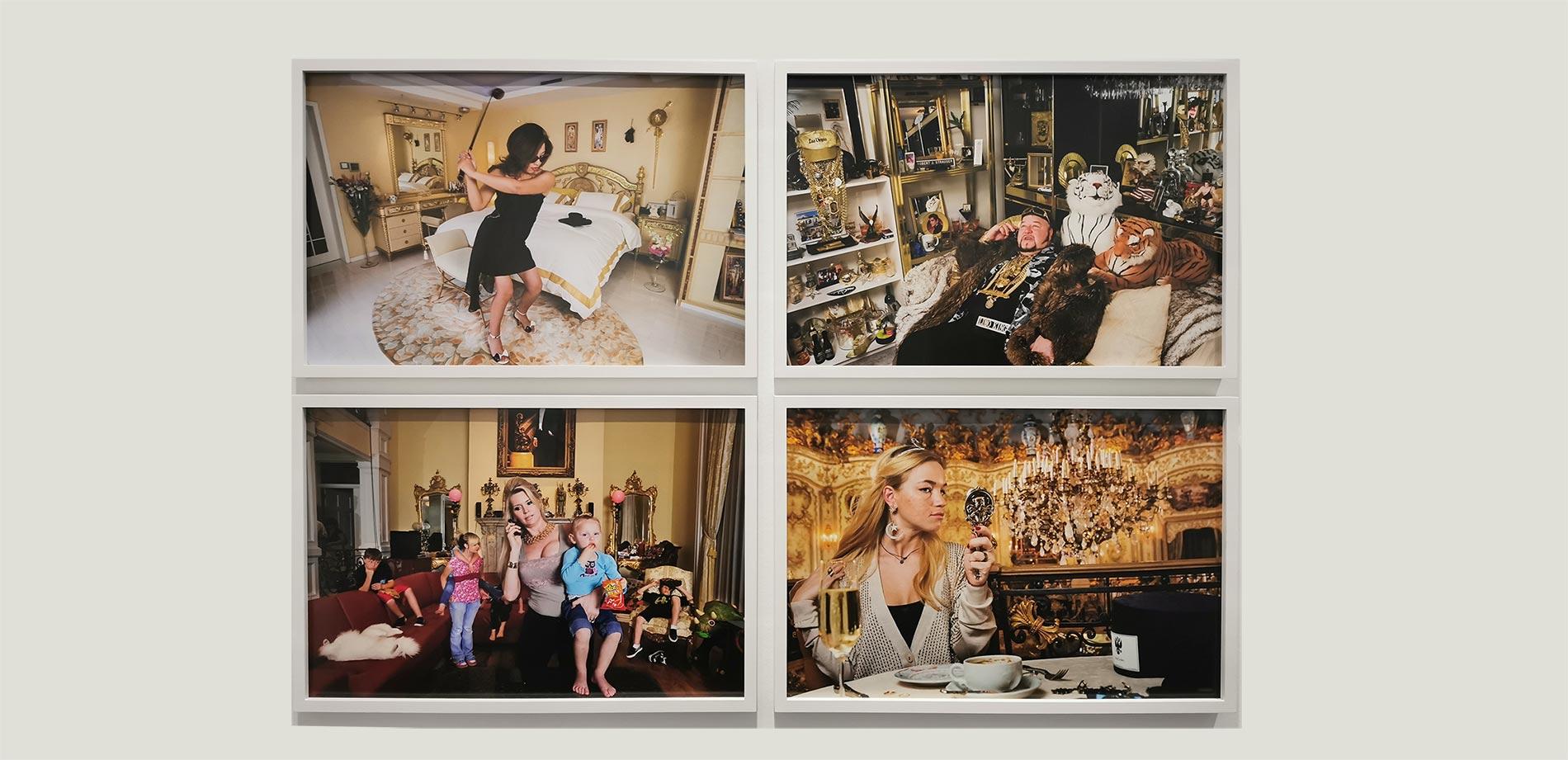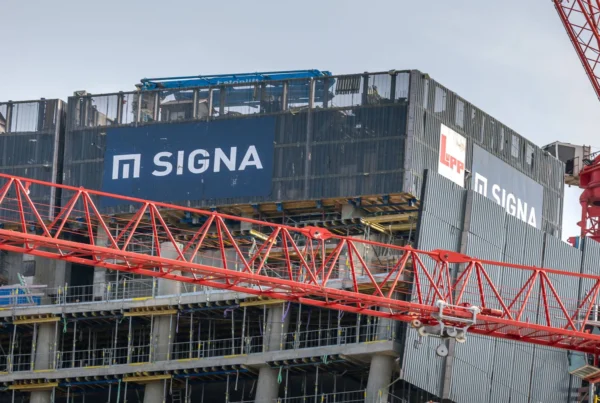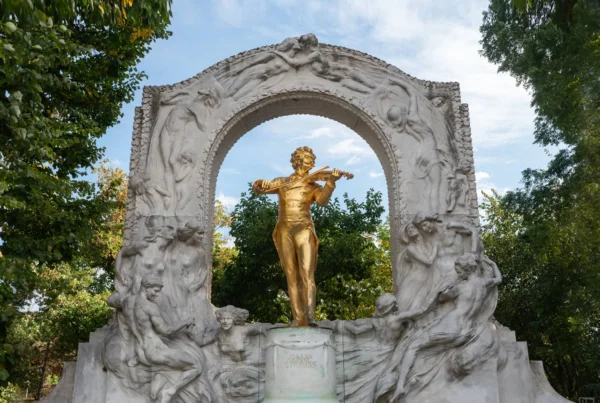The current exhibition at the Dom Museum Wien “rich & poor” is devoted to the ever-widening gap between the rich and poor. The spectrum of the exhibition ranges from photographic works that capture those affected by poverty and their daily misery, the luxurious life of the superrich, to socially critical artworks that challenge the economic and political systems that cause poverty and inequality.
Kerstin Schuetz-Mueller, 4 July 2022
Unemployment has risen worldwide. State and church institutions are registering a run on housing services as well as emergency shelters. One of many reasons why Dom Museum Wien (dommuseum.at) is currently devoting an extensive exhibition to the ever-widening gap between rich and poor: the show “rich & poor” aims to touch on wounds, shift perspectives, and give a platform to those affected by poverty to tell their own stories through art.
Dom Museum Wien at Vienna’s Stephansplatz, next to St. Stephan’s Cathedral, has positioned itself as a place for current discourse, focusing on topics that run through human history like a common thread, but are particularly worth negotiating today. In view of the global health and economic crisis, the topics addressed in “rich & poor” have gained immense traction. Johanna Schwanberg, museum director and curator of the exhibition, believes that “socioeconomic inequality is a fundamental constant of different societies and eras. What is new, however, is that the gap between rich and poor has widened simultaneously all over the world as a result of the pandemic and the war in Ukraine. With this exhibition, we are continuing to bridge gaps between history and the present, sacred and profane art, and between museum work and educational, socio-political work – all of which has become part of our identity, in a tried and tested way”.
The spectrum of the exhibition ranges from photographic works that capture those affected by poverty and their daily misery, the luxurious life of the superrich, to socially critical artworks that challenge the economic and political systems that cause poverty and inequality. Projects in which artists venture out of their traditional environments to intervene in political events play a prominent role. The idea is to provide aid while highlighting deficiencies in the public sphere.
These projects allow those affected by poverty to tell their own stories. For example, the Otto Mauer Prize recipient Isa Rosenberger worked for several months with Margaret C., Martina B. and Wilma V. – three women who were or are themselves affected by homelessness and live in a VinziRast facility. VinziRast is an independent organization which provides beds, support and services for the homeless in Vienna.
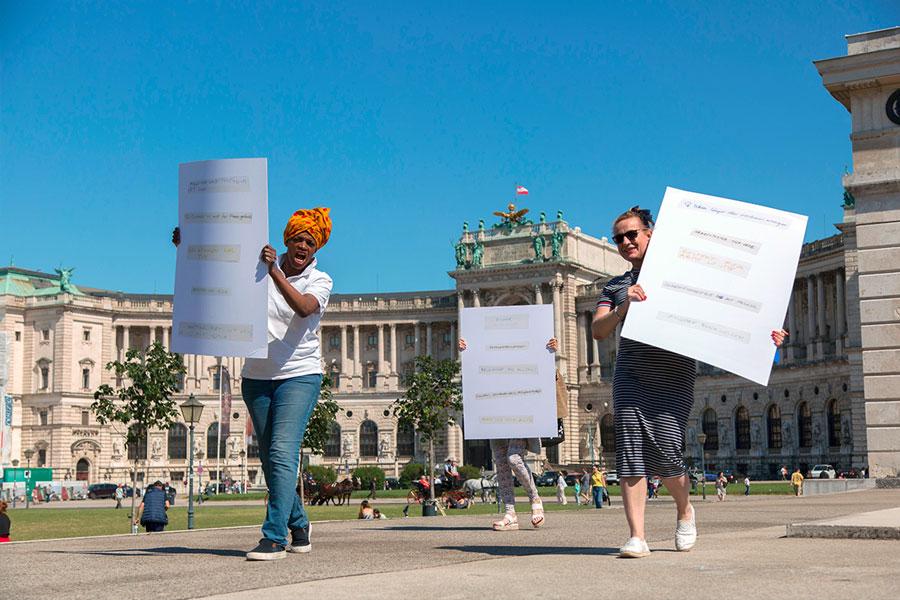
Another such project allowing those affected by poverty to tell their story is a three-dimensional miniature favela by three members of the internationally renowned Brazilian collective Projeto Morrinho, which they created on-site in the museum’s Atelier in October of 2021, is also on display in the exhibition.
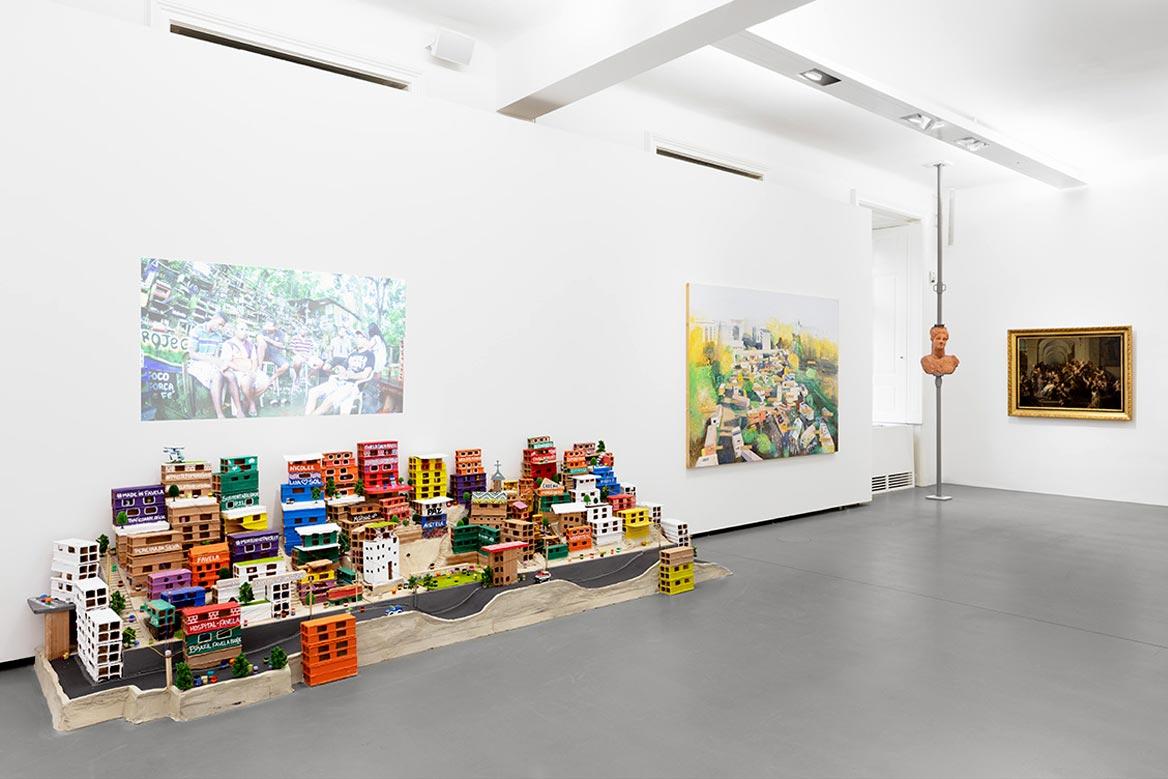
Due to the open aesthetic structure of the individual works of art, as well as the non-linear exhibition design that relies on juxtapositions, questions about economic inequality and its causes can be addressed critically in “rich & poor” – without having to provide hasty answers. Visitors are encouraged to make connections between history and the present, the realities of life of the wealthy and the poor, between people from different cultural and biographical backgrounds.
In any case, the juxtaposition is inherent to the subject: in the exhibition, poverty and wealth are always considered in terms of how they relate to each other – in order to enable a nuanced examination, removed from stereotypical pigeonholing.
The objects on display are culled from the museum’s historical holdings and from the Otto Mauer Contemporary collection, as well as loans from St. Stephen’s Cathedral, international private collections, museums, and galleries.
The photo “Bliz-aard Ball Sale” (1983), by David Hammons, serves as the key visual, used on exhibition posters, catalogs, and printed matter. The photo depicts the artist as a street vendor, dressed in hat and coat on a winter’s day, selling carefully arranged snowballs of various sizes on a striped carpet. An absurd undertaking that can be seen as a critique of consumer society and of the art world itself, while simultaneously addressing questions of exclusion and racism as well as the social situation of people performing precarious labor. The artwork serves as a leitmotif for the “rich & poor” exhibition, as it is deeply socially critical on the one hand, but is also characterized by an extraordinary lightness and an impressive aesthetic visual language.
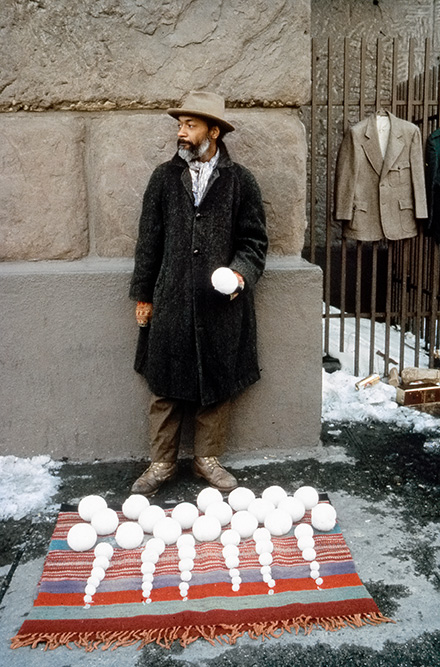
The exhibition includes work by Lamia Maria Abillama, Iris Andraschek, Andrea Appiani, Josef Beuys, Pieter Bruegel the older, Alice Creischer, Friedl Dicker-Brandeis, Hermann Drawe, Albrecht Dürer, Peter Fendi, Thomas Feuerstein, Luca Giordano, Malek Gnaoui, Jim Goldberg, Nan Goldin, Lauren Greenfield, Georg Grosz, David Hammons, John Heartfield, Thomas Hirschhorn, Johann Baptist Höchle, Siggi Hofer, Johanna Kandl, Käthe Kollwitz, Hubert Lobnig, Meister S. H., Fernando Moleres, Michelangelo Pistoletto, Sigmar Polke, Lisl Ponger, Projeto Morrinho, Thomas Rentmeister, Oliver Ressler, Rembrandt van Rijn, Isa Rosenberger in collaboration with Martina Berisha, Margaret Carter, and Martha Vollnhofer, Andreas Siekmann, Anna Skladmann, Klaus Staeck, Thomas Struth in collaboration with homeless people, Rosemarie Trockel, Il Vecchietta, Ferdinand Georg Waldmüller, Albrecht Wild, Krzysztof Wodiczko, Paolo Woods, as well as historic artists whose names have not been handed down.
A catalogue accompanying the exhibition is available, with an introduction by Johanna Schwanberg, an essay by the art historian Daniela Hammer-Tugendhat and interviews with the director of the Armutskonferenz, Martin Schenk, and the economist Stephan Schulmeister.


